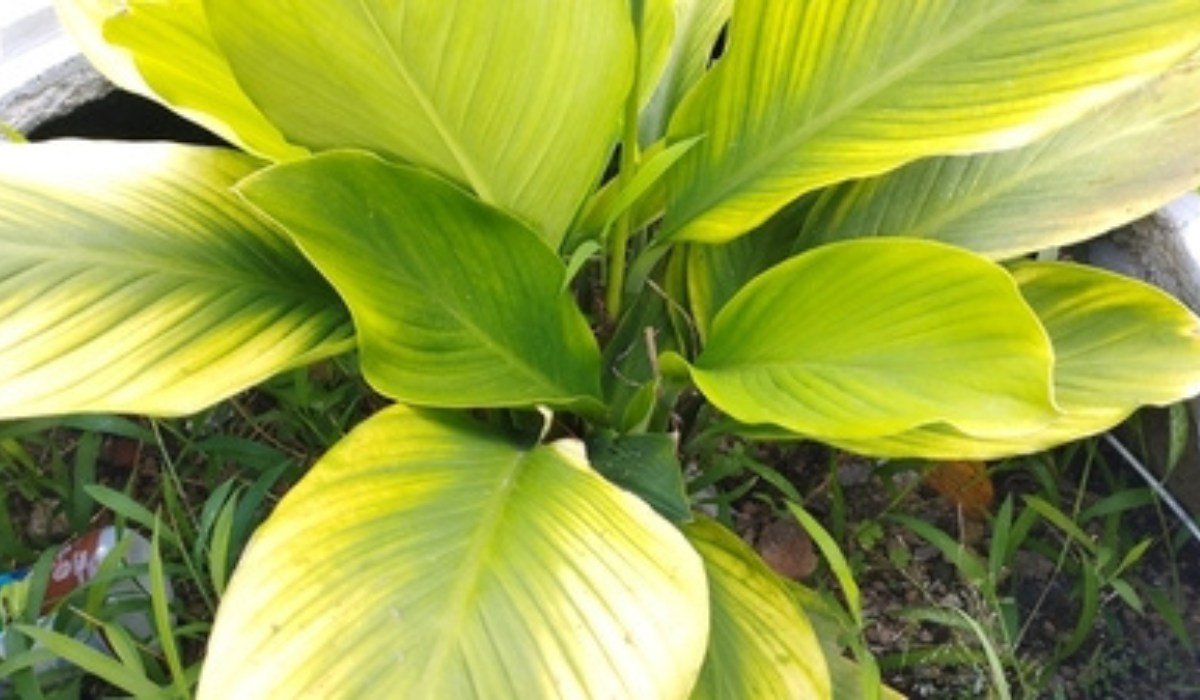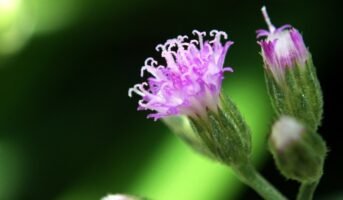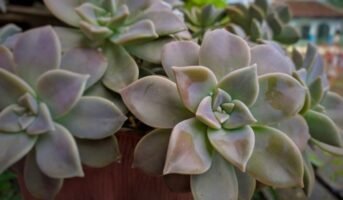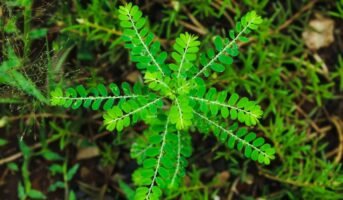Curcuma caesia, also known as black turmeric, is an effective perennial herb. The beautiful blue-green rhizomes of this plant have a flavour that is powerful but slightly evocative of turpentine.
Throughout a portion of the year, black turmeric goes dormant and switches to underground storage rhizomes to survive the winter. Bright pink and yellow flowers appear on the plant in the middle of spring, and a few weeks later, four-foot-tall leaves with a red stripe along the midrib appear.
As an anti-inflammatory, anti-fungal, anti-asthmatic, and antioxidant booster, it is frequently used in medicine. It can help relieve gastrointestinal problems, relax muscles, lessen joint discomfort, regulate bleeding, and hasten the healing of cuts and wounds.

Source: Pinterest
Learn about: Episcia Cupreata: All you need to about the house plant
Curcuma caesia: Key Facts
| Family | Zingiberaceae |
| Common name | Black turmeric |
| Habitat | Subtropical |
| Native | Northeast and central India |
| Flowers | June- July |
| Growth | 3-4 ft tall |
| Nature | Perennial |
See also: Why is cape jasmine a flower of choice across Indian homes?
Curcuma caesia: Growth
Climate
The climate suitable for growing black turmeric is warm. The temperature should range between 15 and 40 degrees Celsius.
Preparation of the land
Black turmeric grows well in loam, bullai, and matiyar soils. Make the soil brittle and make good drainage arrangements before ploughing in the first week of June by ploughing 2-4 times. In the field, mix dung manure at a rate of 20 tonnes per hectare.
Sowing method and time
Old rhizomes collected and kept in the soil in a moist location during the summer are used for sowing. When new germination occurs, they are divided into smaller pieces. Those are planted at a depth of 30 cm in prepared land, row by row, 20 cm from plant to plant at a depth of 5-10 cm.
Known about: What are the types of money plants?
Curcuma caesia: Maintenance
The crop is typically grown in areas of Assam and Kerala with high rainfall under rain-fed conditions. It is necessary to regularly irrigate other areas to maintain constant humidity. The best irrigation technique is sprinkler irrigation.
A fertiliser that is well-balanced should be fed to the plants. In order for them to develop strong, robust rhizomes and storage roots, it is critical to provide them with enough phosphorus.
One important fact to remember is that Curcuma goes dormant in the winter. If you cultivate Curcuma in your garden, the leaves and blooms will disappear from November to March or April. Plant annuals or ground covers to keep your garden beds looking nice this time of year.

Source: Pinterest
Curcuma caesia: Therapeutic uses
- Black turmeric’s rhizome has a flavour that is harsh, spicy, bitter, and has a good aroma.
- It is a laxative and has antibacterial and antifungal properties.
- Fresh and dried rhizomes of Curcuma caesia are used in traditional medicine to treat leucoderma, asthma, tumours, piles, bronchitis, bruises, and other conditions.
Curcuma caesia: Farming
If you want to make a lot of money from farming, you should begin with black turmeric farming, which will guarantee you a lot of money. Black turmeric is extremely expensive due to its numerous medicinal properties. Farmers can effortlessly earn huge profits by cultivating Black Turmeric.
See also: Mango: What makes India’s national fruit so special?
FAQs
Are Curcuma caesia’s rhizomes edible?
Yes. Rhizomes were discovered to be the primary edible component of the plants in each of the 16 species of Curcuma.
How long do blossoms of Curcuma last?
These three-week-old blossoms have a light fragrance. The turmeric goes dormant after the flowering season.
Housing News Desk is the news desk of leading online real estate portal, Housing.com. Housing News Desk focuses on a variety of topics such as real estate laws, taxes, current news, property trends, home loans, rentals, décor, green homes, home improvement, etc. The main objective of the news desk, is to cover the real estate sector from the perspective of providing information that is useful to the end-user.
Facebook: https://www.facebook.com/housing.com/
Twitter: https://twitter.com/Housing
Email: editor@housing.com












